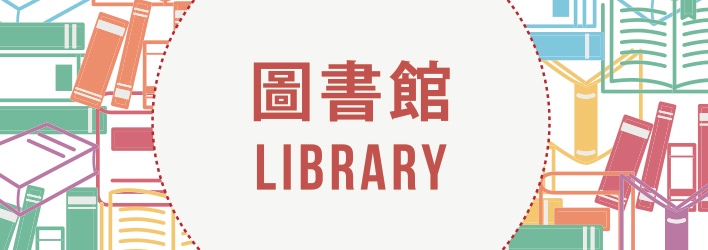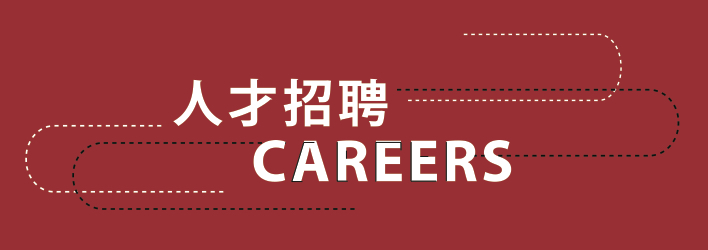As part of the 23rd anniversary celebrations of Macau University of Science and Technology (M.U.S.T.), “Art Salon – Telling Chinese Stories Through Sculpture” was successfully held at N101 Hall of M.U.S.T. on 27th March 2023 and live streaming was also available. Professor Wu Weishan, a world-famous sculptor, Member of the Standing Committee of the Chinese People’s Political Consultative Conference (CPPCC), Deputy Secretary General of the National Committee of CPPCC, Vice Chairman of the Central Committee of the China Democratic League, Director of the National Art Museum of China (NAMOC), Vice President of the Chinese Artists Association, Honorary Doctor of Humanities of M.U.S.T., presented his calligraphy to Dr. Liu Chak Wan, Chancellor of M.U.S.T. before the beginning of the Art Salon.
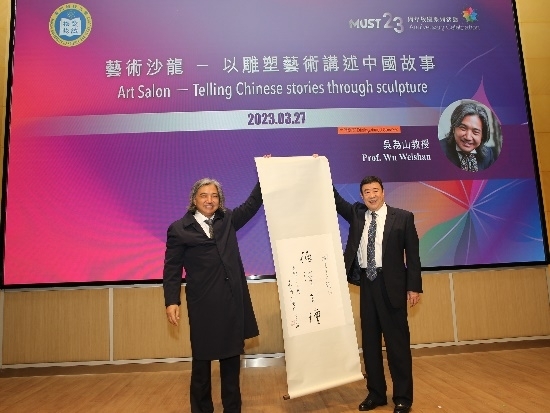
Fom left: Professor Wu Weishan and Dr. Liu Chak Wan, Chancellor of M.U.S.T
Representatives from the Liaison Office of the Central People's Government in the Macao SAR, local higher education institutions, secondary schools, banks, enterprises/firms, institutions and associations, representatives from higher education institutions from Mainland China and Hong Kong; Dr. Liu Chak Wan, Chancellor and Chairman of the University Council of M.U.S.T.; Chair Professor Joseph Hun-wei LEE, Vice-Chancellor and President of M.U.S.T.; Ms. Chen, Ji Min, Secretary General of the University Council of M.U.S.T.; Dr. Ho Teng-iat, Prof. Xu Ao Ao, and Ms. Su Hsiang Mei, Members of the University Council of M.U.S.T.; members of the M.U.S.T. Advisory Committee, representatives, and teachers and students from M.U.S.T. faculties and departments attended the Art Salon.
At the beginning of the Art Salon, Chair Professor Joseph Hun-wei LEE, Vice-Chancellor and President of M.U.S.T., delivered his speech and welcomed Professor Wu Weishan by introducing him to the audience and highlighting Professor Wu’s achievements in the international art industry. President LEE mentioned that the essence of sculpting is both to create the physical form and to express emotions through sculpture, turning art mediums into artworks with cultural attributes through creativity and deep thinking. He also said that the primary goal of a university is to “sculpt” talents and nurture future leaders. President LEE believes that Professor Wu’s reflections on art and culture can contribute to students’ learning and growth. After the speech, President LEE presented a M.U.S.T. souvenir to Professor Wu, while Professor Wu presented his calligraphy to M.U.S.T.
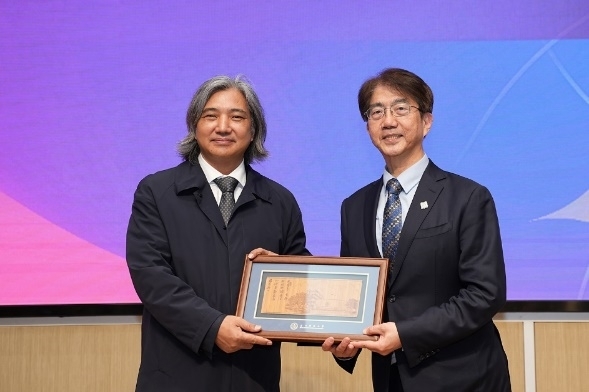
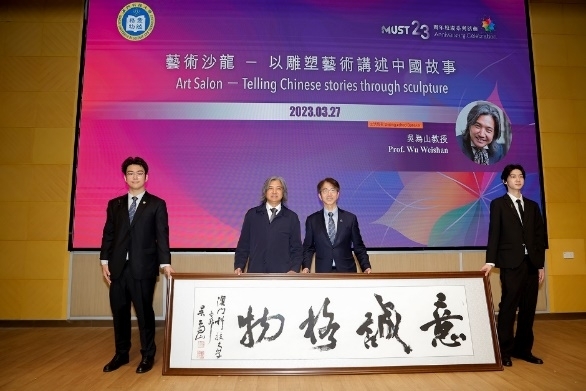
Presentation of Souvenirs
During the Art Salon, Professor Wu showed his deep connection with Chinese Culture. He highlighted the importance of sharing Chinese stories with the world in light of a better understanding of China. Professor Wu is dedicated to introducing the stories of Chinese art and culture to the world via classics and promoting contemporary Chinese arts. He shared with the audience about his sculpting experience since the 90s, including the creation of his signature works such as “Laozi” and “Confucius”. Professor Wu emphasized that art can convey the emotions of humans and that the Chinese have the responsibility to contribute to the world. In addition, Professor Wu suggested that there should be significant art creations to represent different eras in art history and that great artworks should speak to influence and enhance our descendants’ understanding of intellectual history, cultural history, history of aesthetics, and history of innovation in the hope of nurturing talents for the sustainable development of the industry.
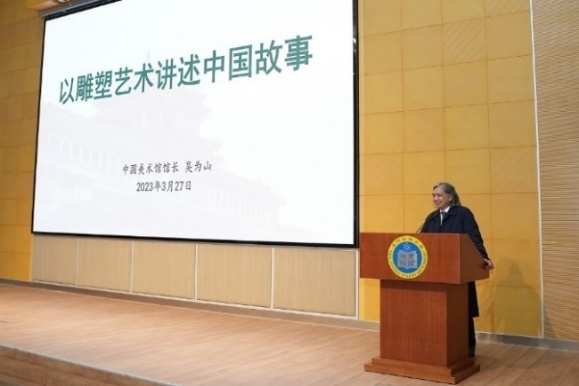
Professor Wu Weishan
Professor Wu also mentioned that represented by the Chinese economic “Reform and Opening-up”, China’s spirit is one of innovation, self-reliance and self-improvement, inclusiveness, etiquette, and perseverance in the pursuit of dreams.
Towards the end of the Art Salon, Professor Wu summarized 8 spirits of Chinese aesthetics based on his sculpting practice and research experience: cultural structure complemented by Confucianism, life experience with tranquility, detailed observation, appreciation with pure bliss and peace, creation with the coexistence of reality and virtuality, aesthetics of art concepts, a ream of art with vividness, and balanced aesthetic pursuit. He remarked that the aesthetics of traditional Chinese sculpture, which was developed over thousands of years, is distinct from Western realist sculpture. Professor Wu hopes to bring China voices to the world through “aesthetics” and turn respectful dialogues of Chinese culture into cultural invitations, sharing the significance of Chinese culture with the world and building up the influence of Chinese culture while building a community with a shared future. Professor Wu responded to the student’s questions at the end of the Art Salon.
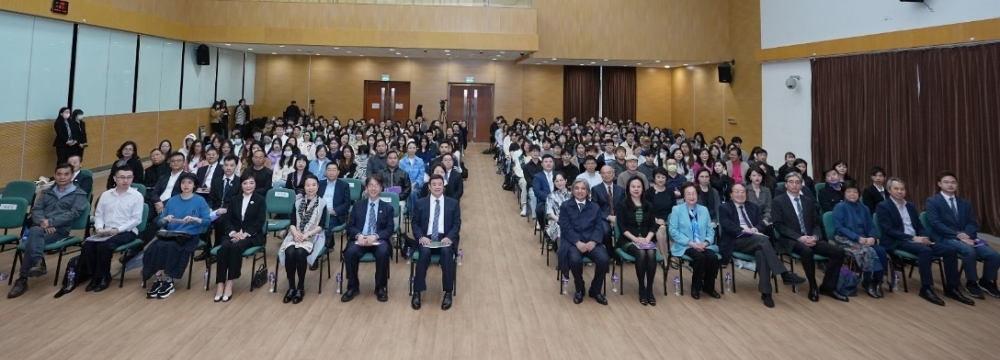
Group Photo


